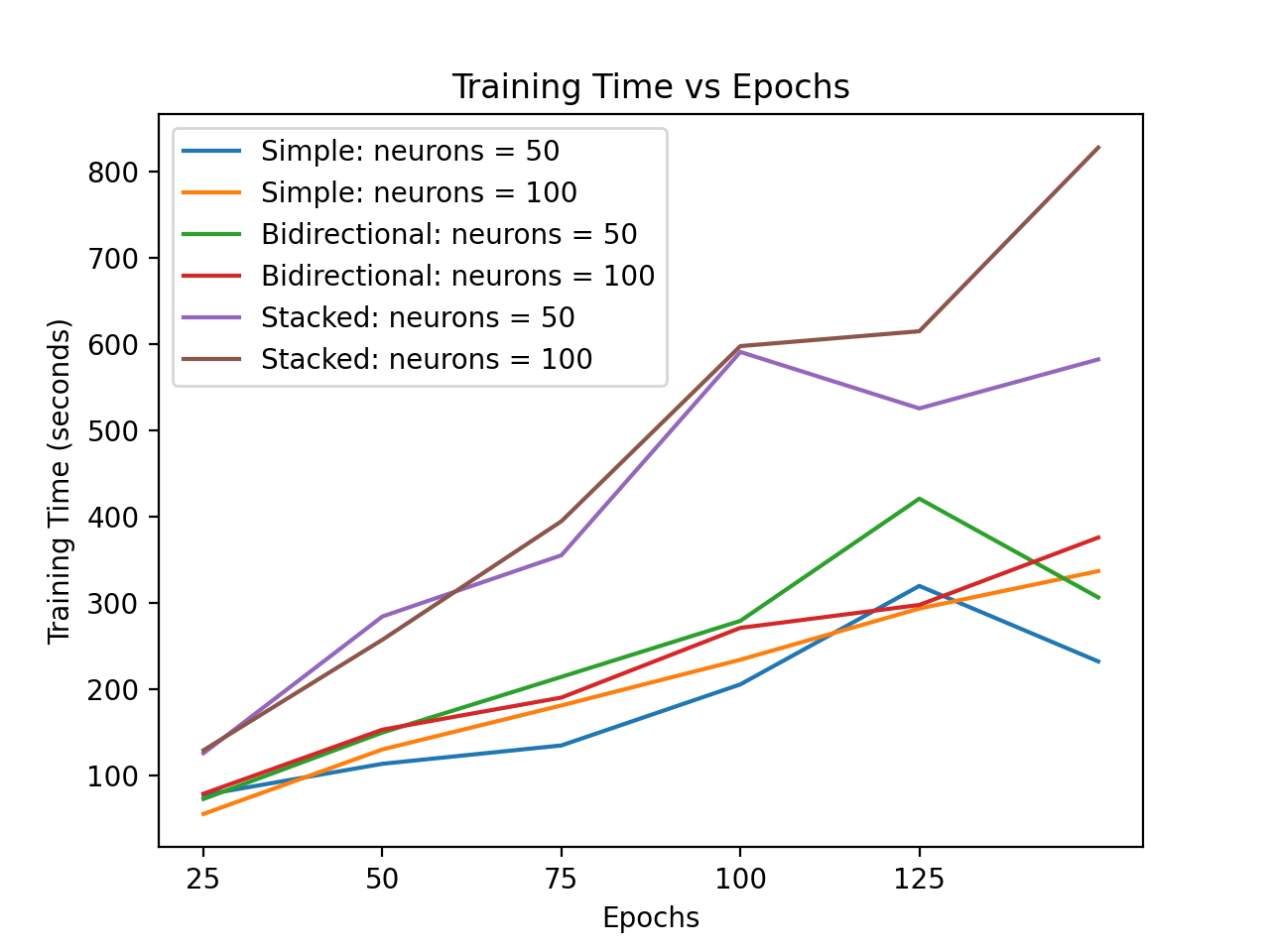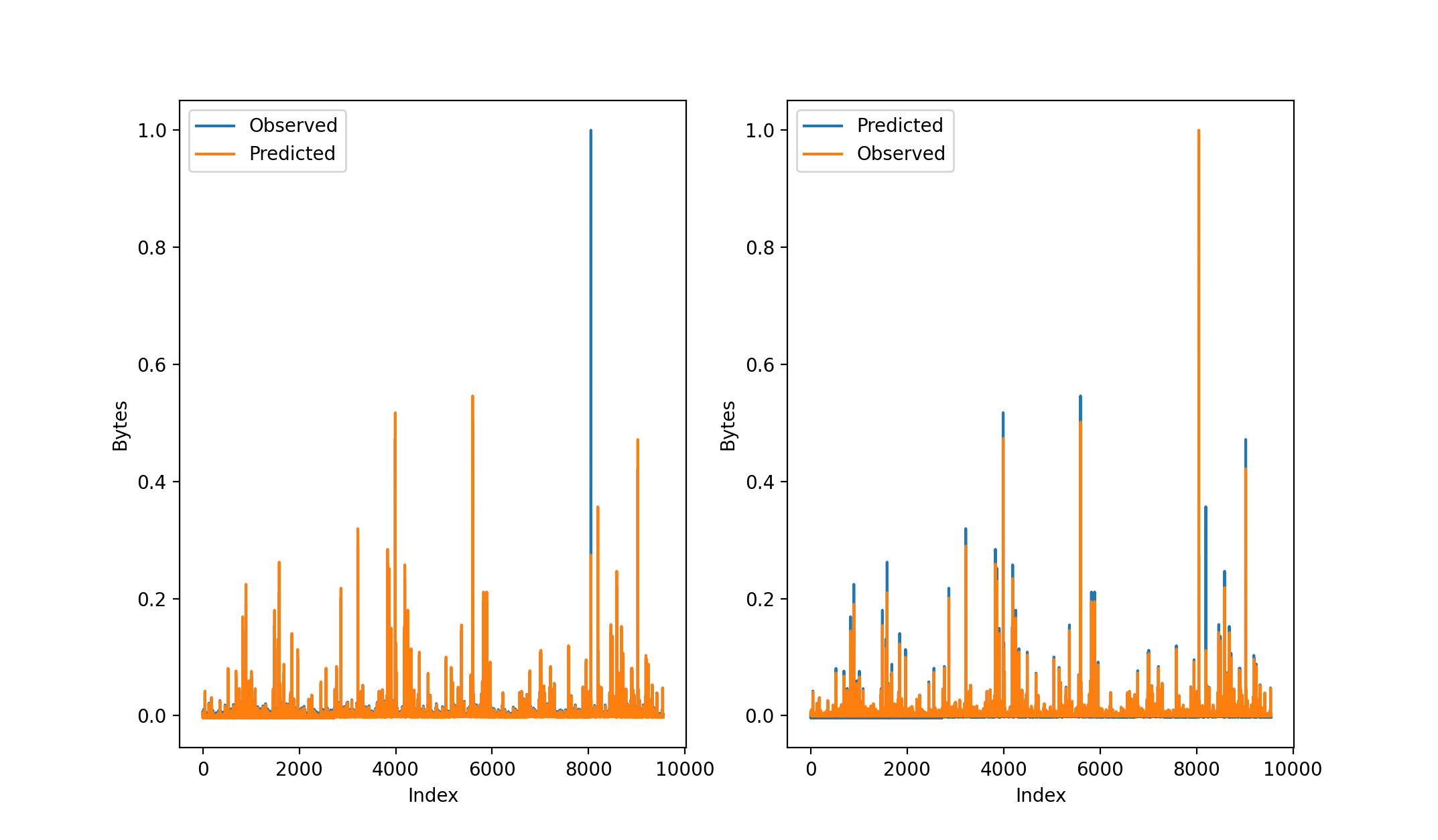Overview
Time series forecasting is a method that uses models fitted on historical data to predict future values of an observation. Network traffic prediction is a form of time series forecasting that allows computer network operators to manage their networks more efficiently. Accurate traffic prediction can improve a network’s performance significantly, in areas such as network congestion management, resource distribution and network volume alerts. Most neural network models find it difficult to learn the long-range temporal relationships in a dataset - primarily due to the non-stationary and non-linear qualities that time-series data presents. However, existing literature suggests that Long Short Term Memory (LSTM) models can capture the long and short-term trends in network traffic data. This paper implements three LSTM models for network traffic prediction on the SANREN. The South African National Research and Education Network(SANREN). SANREN is a country-wide network of educa tion and research institutions in South Africa. It is a high-speed network for science, education, research and innovation-based institutions, and has been phased in across the country since 2007. As a large, federated network, SANREN could benefit from an LSTM model that allows for preemptive network actions.




